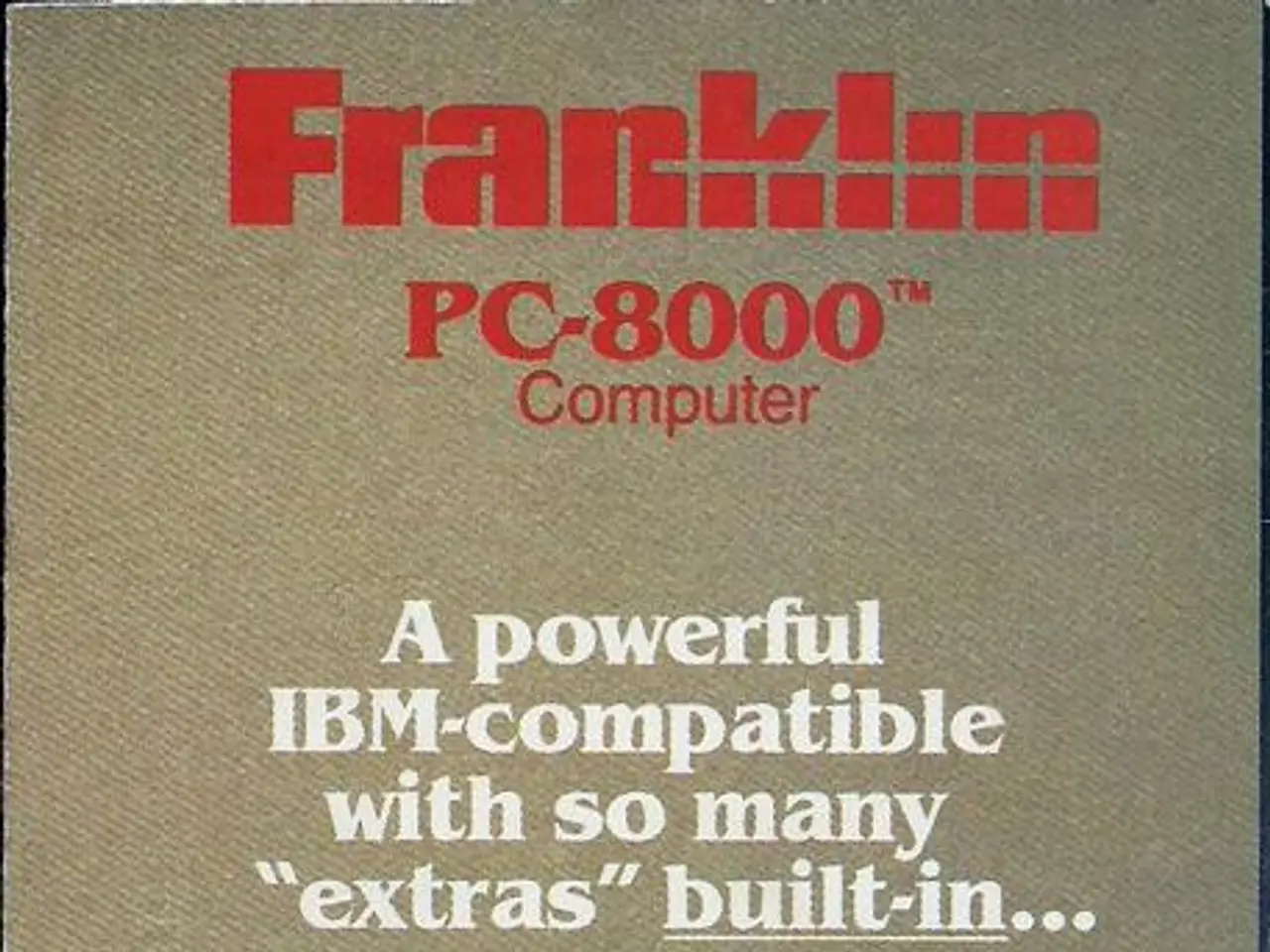Public transit deficiencies in Greater Grand Forks might be addressed by microtransit, suggests a recent study.
In a significant move for public transportation in East Grand Forks, the city council has given the green light to the microtransit feasibility, design, and implementation plan developed by Cities Area Transit. The decision, made during a work session on July 22, 2025, marks a crucial step towards improving service levels in areas that currently lack public transit, such as many parts of East Grand Forks.
The microtransit service, similar to dial-a-ride, operates on an on-demand model where riders request pickup. It combines aspects of fixed-route and dial-a-ride services provided by CAT, and unlike its fixed-route counterpart, microtransit follows specific zones and stops but doesn't adhere to a predetermined timetable.
One of the first areas where microtransit could be implemented is East Grand Forks, where current transit service is lacking. Routes 4 and 6 along DeMers Avenue and Central Avenue are among the lowest in ridership and revenue for CAT. The goal of the microtransit service is to increase its ridership, addressing the issue of infrequent pickup times that currently discourages people from using the existing transit service.
The implementation of microtransit in the Grand Forks metropolitan area could start as early as 2027, according to the MPO. The Grand Forks-East Grand Forks Metropolitan Planning Organization (MPO) is nearing completion of a study on the feasibility of microtransit services in the Grand Forks metropolitan area. The study estimates that microtransit could increase ridership by around 5,000 trips in these areas, depending on how fixed-route services are adjusted.
The microtransit service aims to address the "first and last mile" issue, where current bus routes drop people off at a location, but riders have to find other means to reach their homes. It uses smaller vehicles, and riders walk to a designated stop for pickup.
The MPO has already worked on creating a plan for any potential microtransit implementation, even if funds are not available until 2027. This plan serves as a "template" for potential future implementations in other areas.
Despite the approval, some council members have expressed skepticism about the cost-effectiveness of the microtransit proposal. Council member Dale Helms, for instance, has raised concerns about the costs associated with the service. However, council member Ben Pokrzywinski countered, suggesting that the proposal could better meet the city's needs.
Al Grasser, an MPO Executive Board member, expressed the need to reevaluate the service to the industrial park after the pilot in East Grand Forks. As of early August 2025, the finalized study on microtransit feasibility is working its way through the MPO's committees and is expected to receive final approval in August.
As the implementation steps commence, the exact start date for service launch remains undetermined, with no publicly dated steps for vendor selection, vehicle procurement, and route finalization. However, with the plan now approved, service could begin as early as late 2025 or 2026, although no exact timeline has been announced so far.
- The microtransit service, similar to dial-a-ride, could potentially improve finance for the public-transit industry in East Grand Forks by increasing ridership in areas that currently lack public transit, such as along DeMers Avenue and Central Avenue.
- The feasibility study on microtransit services in the Grand Forks metropolitan area, conducted by the Grand Forks-East Grand Forks Metropolitan Planning Organization (MPO), suggests that the implementation of microtransit could increase ridership by around 5,000 trips, potentially affecting the transportation patterns in the area.
- Concerns about the cost-effectiveness of the microtransit proposal have been raised by some council members, such as Dale Helms, but council member Ben Pokrzywinski has countered, suggesting that the microtransit service could better meet the city's needs and potentially contribute to the improvement of public transportation in the area.




